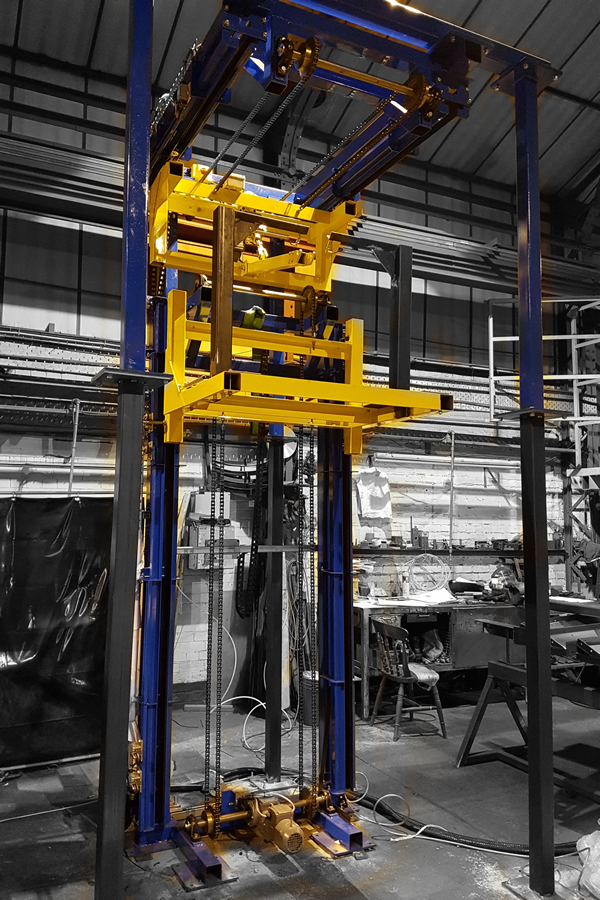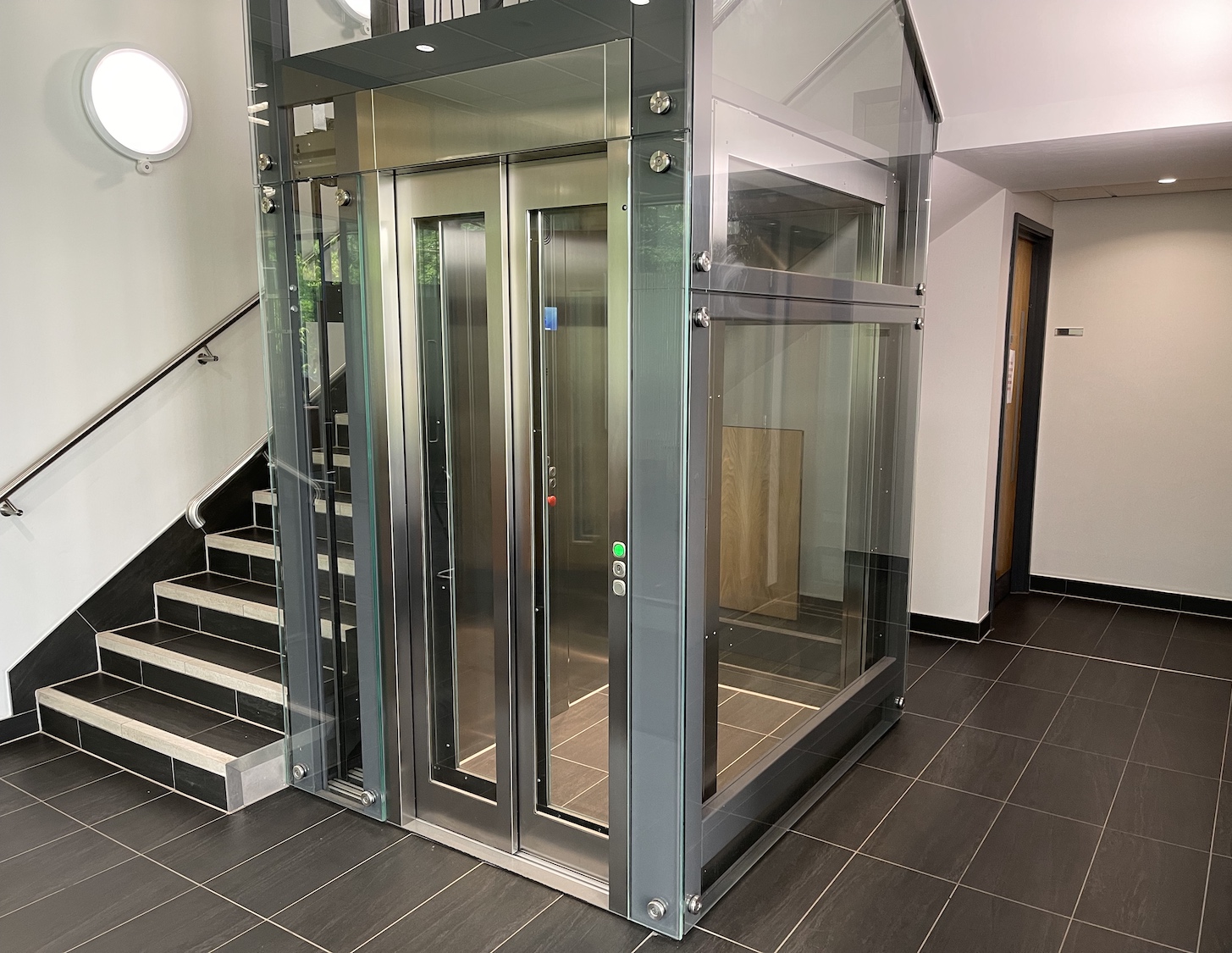We Maintain Lifts with Precision: Ensuring Security and Performance
We Maintain Lifts with Precision: Ensuring Security and Performance
Blog Article
Untangling the Intricacies of Lift Modern Technology: Troubleshooting Common Troubles Throughout Lift Designs
In the world of lift innovation, a myriad of complexities commonly lie below the surface of what appears to be a straightforward device. From slow-moving procedure problems to peculiar sounds rising from the equipment, fixing common problems throughout numerous lift designs demands a keen eye for information and an organized technique - repair and maintenance services. As we begin on this journey to unravel the intricacies that can pester these vital devices, a much deeper understanding of the internal operations and prospective pitfalls of lift modern technology is vital. Stay tuned as we browse with the maze of lift malfunctions, looking for options to the enigmatic problems that can interfere with the smooth functioning of these indispensable devices.
Determining Slow Procedure Issues

Next, inspect the electric links to guarantee that all elements are appropriately attached and functioning. Defective circuitry or loosened links can lead to slow down operation or total breakdown of the lift system. In addition, it is necessary to check the control system to determine if the problem exists in the shows or sensing units.
If the aesthetic evaluation and electrical checks do not disclose the source of the slow operation, further analysis examinations may be needed. These might include pressure examinations for hydraulic systems, voltage examinations for electrical components, or running diagnostic software for the control system. repair and maintenance services. By following a systematic approach to troubleshooting slow-moving procedure issues, you can successfully deal with the trouble and recognize, making certain the lift runs securely and effectively
Dealing With Odd Noises
To effectively troubleshoot lift modern technology for unusual noises, a comprehensive examination of the lift elements following the identification of slow operation problems is imperative. Unusual noises in lifts can be indicative of underlying problems that require prompt attention to ensure the safety and reliability of the system.
Additionally, it is important to refer to the lift producer's maintenance guidelines and look for aid from certified technicians when managing intricate lift parts or strange troubleshooting procedures. By quickly resolving and resolving weird noises underlying issues, lift drivers can make sure the ideal performance and safety and security of the lift system for guests and drivers.
Managing Faulty Control Issues
A reliable technique for attending to faulty control problems in lift modern technology entails conducting a detailed analysis of the control system's components and functionality. When coming across concerns with lift controls, it is essential to very first look for any kind of loosened connections, damaged electrical wiring, or malfunctioning sensing units. Validating that all control keypads, buttons, and screens are operating appropriately is also vital in detecting the trouble properly.
If no noticeable concerns appear, professionals should continue to evaluate the control panel for any type of indications of water corrosion, damages, or overheating, as these can typically lead to control malfunctions. In addition, resetting the control system or updating the software program may assist resolve certain glitches or insects causing the trouble.

Taking On Hydraulic System Malfunctions
The effectiveness of hydraulic systems in lifts counts heavily on the appropriate performance of different parts within the system. When hydraulic systems malfunction in lifts, it can lead to operational disturbances and safety problems.
Furthermore, abnormalities in hydraulic liquid degrees or uncommon sounds during lift operation may suggest underlying system malfunctions that need instant interest to stop additional damage. Routine maintenance and timely troubleshooting of hydraulic system issues are essential to guaranteeing the efficient and safe operation of lift technology.
Dealing With Electric Part Failings
Attending to electric element failures in lift technology necessitates a systematic strategy to detecting and solving concerns to preserve operational functionality and safety and security criteria. When coming across electrical problems in lift systems, it is essential to initial perform a comprehensive examination of the electric elements, lift companies in London consisting of control panels, wiring, sensing units, and circuit boards. Any type of signs of damages, corrosion, loosened connections, or burned elements need to be very carefully noted and addressed without delay to stop further difficulties.
When it comes to electric part failures, it is important to adhere to producer guidelines for fixing and fixing procedures. This may entail examining the components utilizing multimeters, oscilloscopes, or various other analysis tools to pinpoint the precise source of the breakdown. In addition, having a thorough understanding of the lift's electric schematics and circuitry representations can assist in identifying and rectifying concerns successfully.
Regular maintenance and examination schedules can assist prevent electrical failures by discovering possible issues early. Appropriate training for lift service technicians on electrical systems and elements is likewise essential to ensure accurate diagnosis and efficient resolution of electrical issues, eventually adding to the total safety and security and integrity of lift procedures.
Verdict
Finally, troubleshooting lift technology requires a systematic method to identify and deal with common problems such as slow operation, strange sounds, damaged controls, hydraulic system breakdowns, and electric element failures. By comprehending the complexities of lift technology and following correct repairing actions, service technicians can successfully fix problems and guarantee the reliable and secure procedure of lifts across various designs.
To effectively repair lift modern technology for unusual noises, a comprehensive examination of the lift parts complying with the identification of slow-moving operation issues is crucial. Unusual sounds in lifts can be a sign of underlying troubles that need prompt focus to guarantee the safety and security and dependability of the system.An effective method for dealing with damaged control issues in lift modern technology includes performing a detailed assessment of the control system's elements we maintain lifts and functionality.The efficiency of hydraulic systems in lifts counts heavily on the appropriate performance of different elements within the system. repair and maintenance services. When experiencing electric problems in lift systems, it is critical to first carry out a thorough assessment of the electric components, including control panels, circuitry, sensors, and circuit boards
Report this page